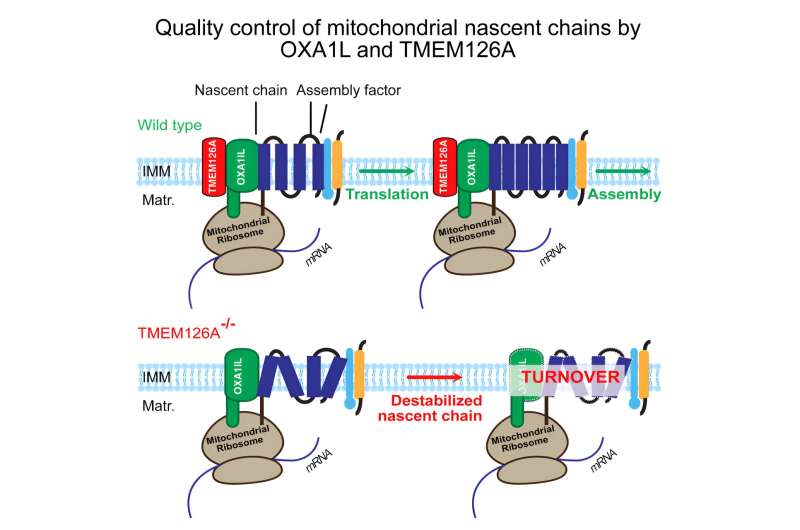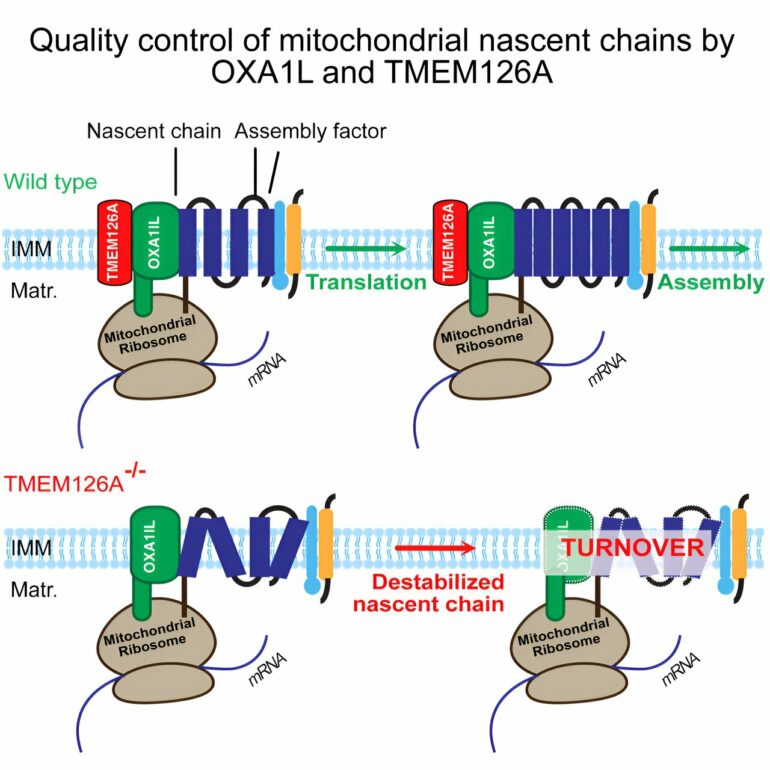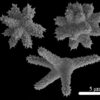Researchers at the University Medical Center Göttingen (UMG) have discovered a new quality control mechanism that regulates energy production in human cells. This process takes place in mitochondria, the power plants of the cell.
Malfunctions of mitochondria lead to serious diseases of the nerves, the muscles and the heart. The findings could contribute to the development of new therapies for affected patients. The results have been published in Molecular Cell.
Mitochondria play a central role for cellular metabolism. Therefore, malfunctions of the mitochondria lead to serious, often fatal, heart, muscle or nerve diseases. Mitochondria are surrounded by two membranes, an outer and an inner one, which separate them from the surrounding cell. The final conversion of food into energy takes place in the inner membrane. Proteins are involved in this process.
Central proteins for energy production are formed in the mitochondria, transported to the inner membrane and inserted there. The protein OXA1L is mainly responsible for the insertion of proteins into the membrane, where larger complex structures are formed with other proteins that interact with each other and ensure energy production. How the incorporation and assembly of these structures works in detail has been poorly investigated thus far.
Scientists led by Prof. Dr. Peter Rehling, Director of the Department of Cellular Biochemistry at the University Medical Center Göttingen (UMG) and member of the Cluster of Excellence “Multiscale Bioimaging: from Molecular Machines to Networks of Excitable Cells” (MBExC), have now discovered that the process of energy production depends on the interaction of the protein OXA1L with the protein TMEM126A.

Graphical abstract. © Molecular Cell (2024). DOI: 10.1016/j.molcel.2023.12.013
If TMEM126A is missing, a quality control mechanism is activated in the inner membrane of the mitochondria, which ensures that OXA1L and proteins newly generated for the energy production machinery are degraded and thus cannot be incorporated into the membrane.
This shows that the protein TMEM126A is critical for energy production in mitochondria.
“This finding is an important step in the search for new therapeutic approaches for affected patients. Understanding how proteins interact with each other in mitochondria could help to identify the causes of certain diseases. If we know what is missing in the cell or which process is not working properly in certain diseases, we can develop treatment measures to ‘repair’ this defect,” says Prof. Rehling.
More information:
Sabine Poerschke et al, Identification of TMEM126A as OXA1L-interacting protein reveals cotranslational quality control in mitochondria, Molecular Cell (2024). DOI: 10.1016/j.molcel.2023.12.013
Provided by
University of Göttingen
Citation:
Energy supply in human cells is subject to quality control, researchers discover (2024, January 19)



